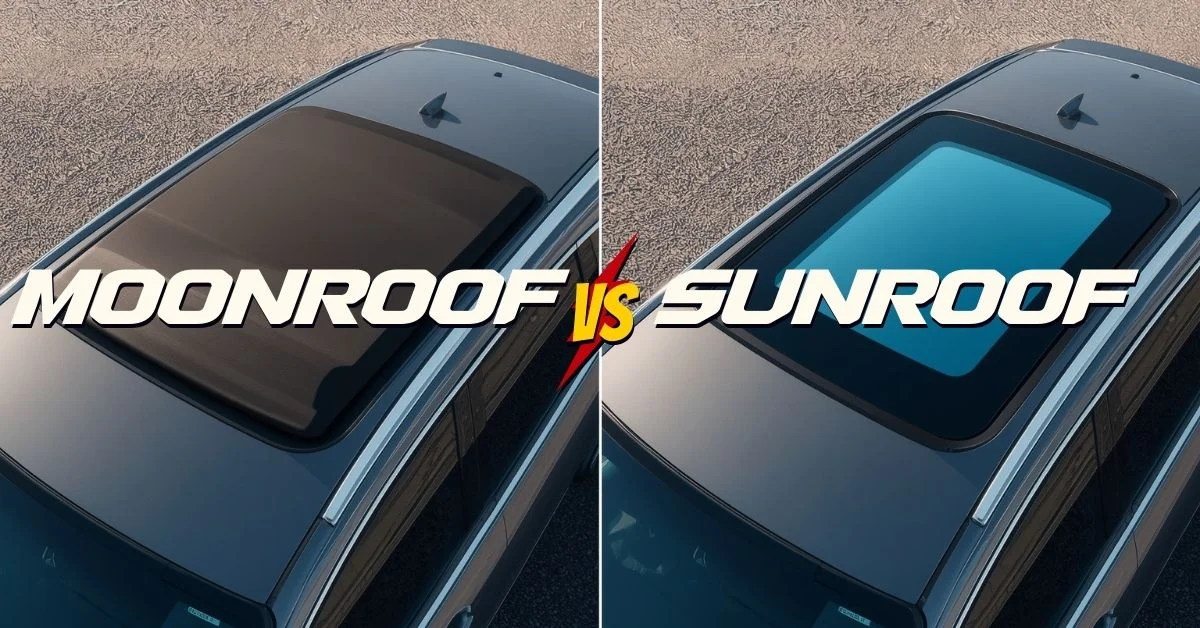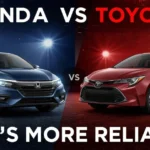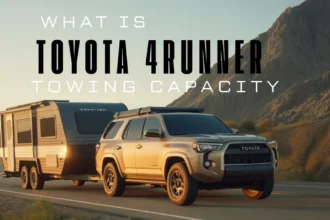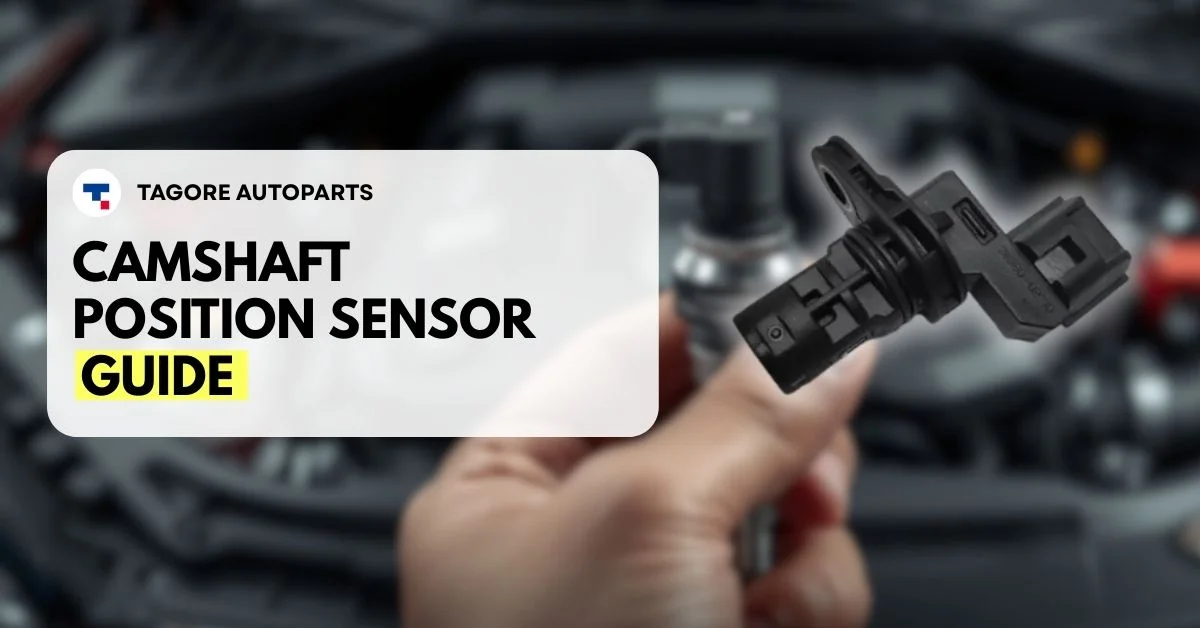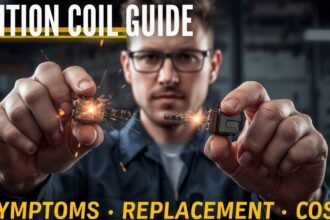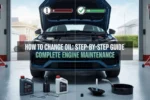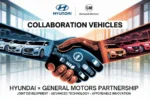When shopping for a new car, you might see terms like “moonroof” and “sunroof” in the feature list. Many people use these words as if they mean the same thing, but they’re actually quite different. Understanding the difference between a moonroof vs sunroof can help you make a better choice when buying your next vehicle.
Both options let natural light into your car and can make your driving experience more enjoyable. However, each has unique features, benefits, and drawbacks that could influence your decision. Whether you’re looking at a Honda Accord, Toyota Camry, or Ford F-150, knowing these differences will help you pick the right option for your needs.
What is a Sunroof?
A sunroof is the older of the two technologies. It’s a panel in your car’s roof that can be removed or opened to let in light and fresh air. Think of it as a window for your car’s ceiling.
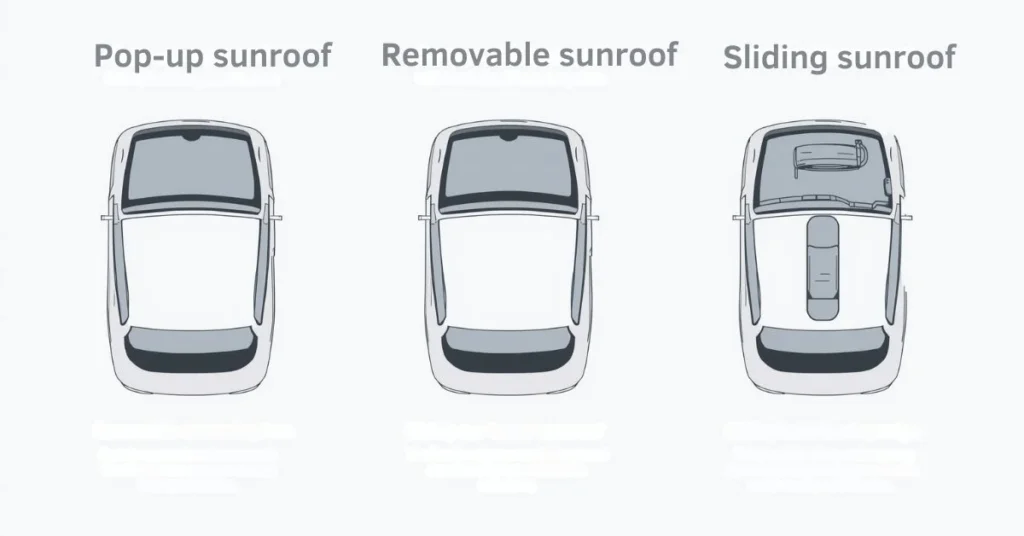
Types of Sunroofs
Pop-up Sunroof:
- Tilts up at the back edge
- Creates a small opening for ventilation
- Most basic and affordable option
Removable Sunroof:
- Panel can be taken out completely
- Usually stored in the trunk when removed
- Provides the most open-air feeling
Sliding Sunroof:
- More convenient than removable types
- Panel slides back over the roof
- Can be opened partially or fully
What is a Moonroof?
A moonroof is a newer invention that’s essentially a sunroof made of glass. The key difference is that you can see through a moonroof even when it’s closed, thanks to its transparent glass panel.
Key Features of Moonroof
- Always made of tinted or clear glass
- Usually includes a sliding interior shade
- Can tilt or slide open like a sunroof
- Lets light in even when closed
Moonroof vs Sunroof: Key Differences Explained
| Feature | Sunroof | Moonroof |
|---|---|---|
| Material | Metal, fabric, or other solid materials | Always glass (tinted or clear) |
| Light When Closed | No light passes through | Light comes through glass |
| Visibility | Can’t see through when closed | Can see sky/stars when closed |
| Interior Shade | Not usually needed | Often includes retractable shade |
| Cost | Generally less expensive | Usually more expensive |
| Weight | Lighter materials available | Glass adds more weight |
| Durability | Varies by material | Glass can crack or break |
| Modern Availability | Less common in new cars | Very common in new vehicles |
Benefits of Having a Sunroof

Natural Light:
- Makes your car’s interior feel bigger and brighter
- Reduces need for interior lights during the day
- Creates a more pleasant driving environment
Fresh Air Circulation:
- Provides natural ventilation without using air conditioning
- Can help remove stale air and odors
- Creates a cross-breeze when combined with open windows
Improved Resale Value:
- Cars with sunroofs often have higher resale values
- Considered a premium feature by many buyers
- Can make your car stand out in the used car market
Benefits of Having a Moonroof
Year-Round Enjoyment:
- Enjoy natural light even in cold weather
- Watch stars or clouds without opening the roof
- Feel more connected to the outdoors
Better Control:
- Interior shade gives you control over light levels
- Can have fresh air or just natural light
- More versatile than traditional sunroofs
Modern Features:
- Often includes automatic opening/closing
- May have rain sensors that close automatically
- Some models offer one-touch operation
Potential Drawbacks to Consider
Sunroof Concerns
- Maintenance: Moving parts can wear out over time
- Leaks: Seals can fail, leading to water damage
- Noise: Wind noise when open, especially at highway speeds
- Security: Open roof can be a security concern when parked
Moonroof Concerns
- Cost: More expensive to buy and repair
- Weight: Adds weight to your vehicle, potentially affecting fuel economy
- Heat: Glass can make your car hotter in summer
- Breakage: Glass panels can crack or shatter
Popular Vehicles with Sunroof/Moonroof Options
Many popular vehicles offer these features as standard or optional equipment:
Sedans:
- Honda Accord often includes moonroof in higher trims
- Toyota Camry offers moonroof on many models
- Hyundai Sonata includes sunroof options
SUVs and Trucks:
- Ford F-150 offers moonroof on certain trims
- Honda Pilot commonly includes moonroof
- Chevrolet Tahoe offers sunroof options
Compact Cars:
- Honda Civic available with moonroof
- Many models offer these as upgrade options
When shopping for vehicles with sunroof or moonroof features, it’s important to consider the overall condition of the car, especially if you’re buying used. Whether you’re looking for a replacement engine or transmission for your current vehicle, or considering a used car purchase, Tagore Autoparts offers high-quality used engines and used transmissions for a wide range of makes and models. This can be particularly valuable when you find the perfect car with your preferred roof option but need reliable replacement parts to keep it running smoothly.
Maintenance Tips for Your Sunroof or Moonroof
Regular Cleaning:
- Keep tracks clean and free of debris
- Use appropriate glass cleaner for moonroofs
- Check and clean drainage channels monthly
Professional Maintenance:
- Have seals inspected annually
- Address any leaks immediately
- Keep moving parts lubricated as recommended
Winter Care:
- Clear snow and ice before operating
- Check for ice buildup in tracks
- Avoid forcing operation in freezing conditions
Cost Considerations
| Cost Factor | Sunroof | Moonroof |
|---|---|---|
| Initial Purchase | $500-$1,500 | $1,000-$2,500 |
| Aftermarket Installation | $300-$1,000 | $1,200-$3,000 |
| Repair Costs | Lower (simpler mechanisms) | Higher (glass replacement, electronics) |
| Insurance Impact | Minimal | May slightly increase premiums |
Making Your Decision: Sunroof or Moonroof?
Choose a Sunroof if:
- You want a more affordable option
- You prefer a completely open feeling when driving
- You don’t need to see through the roof when closed
- You’re adding one aftermarket to an older vehicle
Choose a Moonroof if:
- You want to enjoy natural light year-round
- You like seeing the sky even when the roof is closed
- You prefer modern convenience features
- You’re buying a new car where it’s commonly available
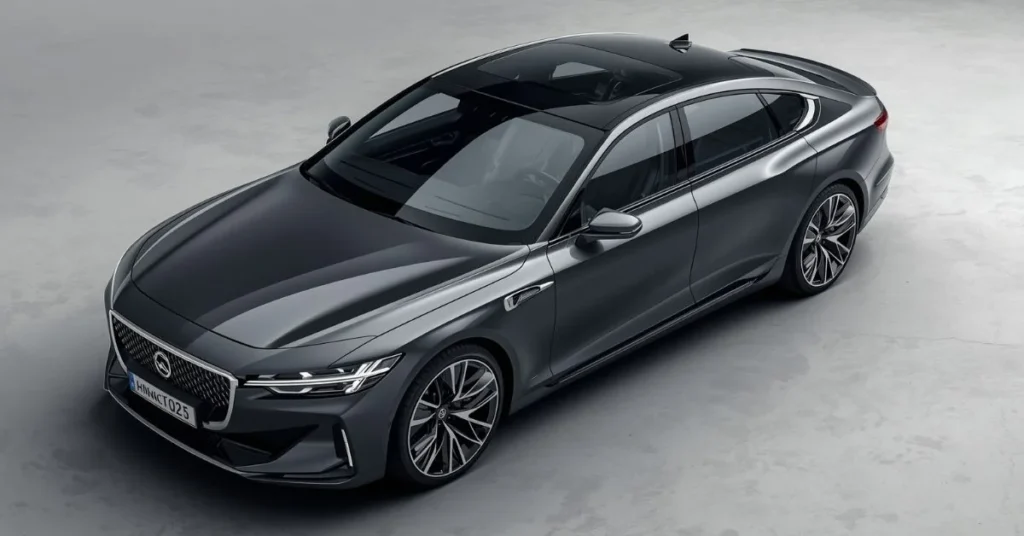
The Future of Automotive Roof Systems
Car manufacturers continue to innovate in this area. Some new developments include:
- Panoramic roofs that extend over both front and rear seats
- Smart glass that can change from clear to opaque
- Solar panel integration in some luxury vehicles
- Improved drainage systems to prevent leaks
Conclusion
Understanding the difference between moonroof vs sunroof helps you make an informed decision for your next vehicle purchase. Sunroofs offer a more traditional, open-air experience at a lower cost, while moonroofs provide year-round natural light with modern convenience features.
Consider your budget, climate, and personal preferences when making your choice. If you enjoy natural light and don’t mind paying extra for premium features, a moonroof might be perfect. If you prefer the classic open-air driving experience and want to save money, a traditional sunroof could be ideal.
Whatever you choose, proper maintenance will ensure years of enjoyment from your automotive roof system. Regular cleaning, professional inspections, and prompt attention to any issues will keep your sunroof or moonroof working perfectly for years to come.
Remember, both options can enhance your driving experience and add value to your vehicle. The key is choosing the one that best fits your lifestyle and preferences.
Frequently Asked Questions
Can I add a sunroof or moonroof to my existing car?
Yes, but it’s expensive and complex. Aftermarket installation typically costs $1,000-$3,000 and may affect your car’s warranty and structural integrity.
Do sunroofs and moonroofs affect fuel economy?
Yes, but minimally. The added weight and potential wind resistance when open can slightly reduce fuel economy, usually by 1-2 mpg.
Are cars with sunroofs more likely to leak?
Properly maintained sunroofs and moonroofs rarely leak. Regular cleaning of drainage channels and seal inspection prevents most issues.
Which option is safer in an accident?
Both are designed to meet safety standards. However, the glass in moonroofs is tempered for safety, while sunroof materials vary.
Can I operate my sunroof or moonroof in winter?
Yes, but clear ice and snow first. Never force operation if ice has formed in the tracks.

